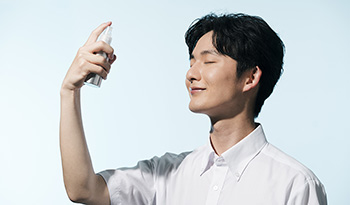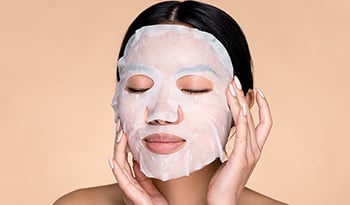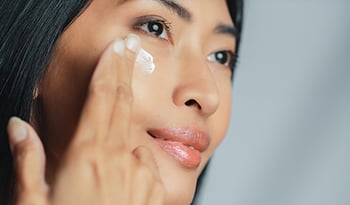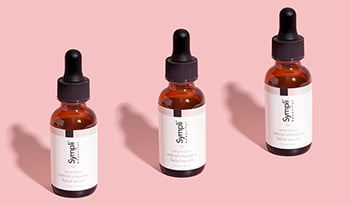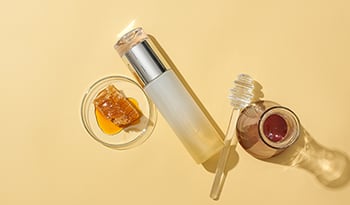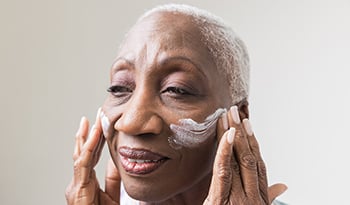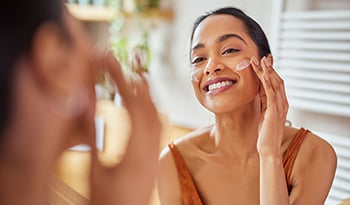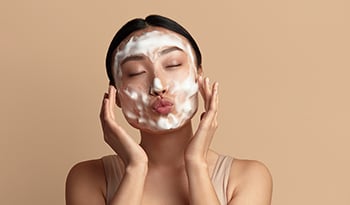What Is Fungal Acne? A Doctor's Guide To Products That May Help
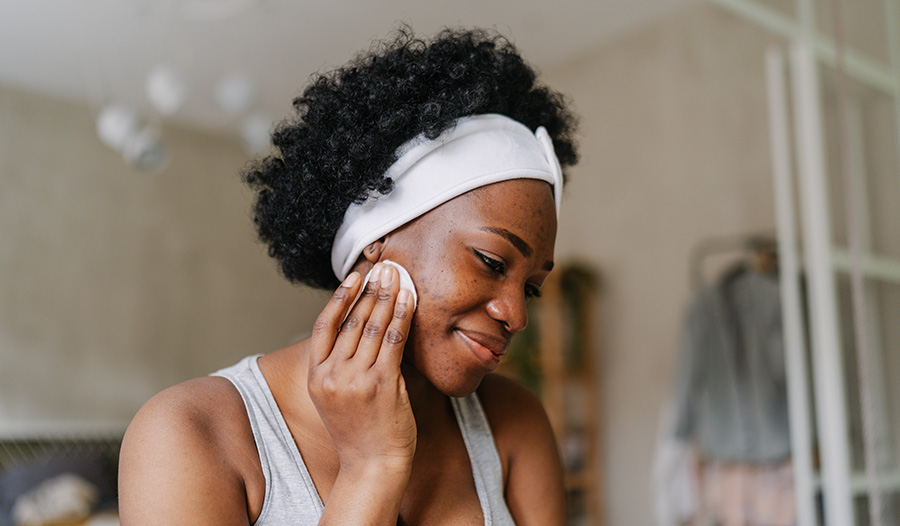
Key Takeaways
- Fungal acne is not true acne, but an infection in hair follicles caused by an overgrowth of yeast (Malassezia).
- It often presents as small, uniform, itchy bumps that don't respond to traditional acne treatments like antibiotics.
- Effective treatments are antifungal. This includes topical creams (like ketoconazole) and washes or shampoos containing selenium sulfide, ketoconazole, or zinc pyrithione.
- Use a lightweight, oil-free moisturizer to hydrate skin without feeding the yeast.
Do I Have Fungal Acne?
Imagine that you’re experiencing severe breakouts on your face. You are trying everything, including your usual skincare routine, but nothing is working. You soon find yourself buying all sorts of over-the-counter facial solutions and maybe even antibiotic ointments. However, there is no improvement - things may actually be getting worse. Maybe the problem is not with your routine but that you’re not dealing with your usual “run-of-the-mill” acne. You may be suffering from fungal acne.
What Is Fungal Acne?
Fungal acne (also known as Pityrosporum folliculitis) is caused by an overgrowth of a particular type of yeast known as Malassezia. This bacteria is typically harmless and naturally grows on the human face; however, when your hair follicles are damaged, the yeast can grow in the follicle, leading to a fungal infection. It is often misdiagnosed as acne vulgaris, which is caused by the blockage of pores from excessive sebum and bacteria.
Normally, you would treat common acne with benzoyl peroxide, retinoids, and, in some cases, antibiotics. But fungal acne is different. Whereas common acne presents as comedones and papules, fungal acne presents with itchy pustules and does NOT improve with antibiotics—in fact, the use of typical acne medications can lead to flare-ups. Instead of endless trial and error, here are five products supported by dermatology evidence that can help.
Fungal Acne vs. Regular Acne
- Cause: Yeast vs. Bacteria & Sebum
- Appearance: Uniform, small bumps vs. Varied (blackheads, whiteheads, cysts)
- Sensation: Often very itchy vs. Can be painful but less consistently itchy
- Response to Treatment: Worsens with antibiotics vs. Often improves with antibiotics
5 Science-Based Treatments For Fungal Acne
1. Topical Antifungal Agents
The most effective treatment for M. folliculitis is direct application of topical antifungal creams or lotions to the affected area. As mentioned above, these forms of treatment are different from your usual care of common acne because they specifically target the yeast Malassezia on the skin, versus targeting comedones and bacteria.
These topical agents are known as azoles, which include solutions like ketoconazole and terconazole. They function by invading the fungal cell wall and stopping yeast from budding or multiplying. The 80–90% clearance rate documented in clinical studies demonstrates that topical azoles work well as initial treatment for mild to moderate fungal infections. This response is typically better than what is seen with traditional acne treatments, which often fail to help or can even worsen fungal acne.
The application process is easy to follow and similar to that of selenium sulfide. After your cleansing routine, you only need to apply a thin layer daily or twice daily to the affected areas. The duration of treatment will determine when patients can expect to see improvements. Two to three weeks is the typical timeframe, but extended treatment periods might be necessary. People who experience frequent relapses might choose to use topical antifungal treatments on an ongoing basis for maintenance purposes. Topical antifungal creams provide an evidence-based treatment method for fungal acne through targeted application. These products follow dermatology guidelines and provide an easy solution for people dealing with acne that does not improve with conventional treatments.
2. Selenium Sulfide
Whereas the Malassezia species can lead to fungal acne, it can also cause seborrheic dermatitis, also known as dandruff. The use of selenium sulfide topical agents can be very effective in combating yeasts on the scalp, particularly Malassezia species. Selenium sulfide functions as an antifungal agent and a keratolytic by reducing yeast growth and loosening dead skin, thereby reducing scalp flakes and inflammation.
And while it is more commonly seen in shampoos and scalp treatments, it can be found in face and body washes. Apply it to your face, body, or scalp and let it sit for 2-3 minutes before rinsing thoroughly. Simple enough, right? But the question is whether it is truly effective? Current evidence says yes. Many studies support its use and show a clinical response and improvement in around 90% of people. Just think of it as a two-for-one deal—it clears the yeast while gently exfoliating your skin.
3. Ketoconazole Shampoos
As mentioned earlier, antifungal shampoos, like this one, are often used for dandruff control but can also be used as body washes for treating fungal acne. Similar to selenium sulfide, two other well-researched treatment options are ketoconazole and zinc pyrithione, both of which reduce yeast on the skin and are widely used for M. folliculitis.
4. Zinc Pyrithione Shampoos
What exactly is zinc pyrithione? Zinc pyrithione is considered a biocide, meaning it can destroy or deter harmful organisms. What’s special about zinc pyrithione is that it has both antifungal and antibacterial effects, meaning it works on both M. folliculitis and other bacterial organisms on the skin. Both ketoconazole and zinc pyrithione are generally tolerated on the skin and can be useful as body washes, especially for lesions on the chest and back, particularly where creams may be less effective and practical.
Let’s look back at selenium sulfide. We know it helps to suppress yeast, and there is clinical evidence highlighting its effectiveness, with clearance rates similar to azoles. But what is the difference between selenium sulfide, ketoconazole, and zinc pyrithione? The key difference is that selenium sulfide, while effective, can sometimes be more irritating when applied directly to the skin. Thus, it is often recommended for shorter-term or intermittent use if used as a body wash. For effective use, ketoconazole and/or zinc pyrithione should be applied to the affected body areas up to three times a week, let it sit for 2-3 minutes, and then rinse thoroughly.
5. Lightweight Oil-Free Moisturizers
While we can all agree that antifungal agents are key in treating fungal acne, we can ignore the importance of hydration and how it relates to healthy skin. Properly hydrated skin equals healthy skin. Most commercial skin moisturizers are heavy with oil content and can make M. folliculitis symptoms worse. This is because yeast uses fatty acids for nutrition. Thus, using thick creams or oils on the affected areas might actually hurt rather than help. This is why the American Academy of Dermatology recommends using lightweight oil-free moisturizers for people dealing with fungal acne.
The goal of oil-free products is to maintain hydration in the skin, while not providing oil and other occlusive ingredients that might promote yeast growth. These products typically rely on humectants (or water-absorbing substances), such as hyaluronic acid, glycerin, or aloe vera, and light emollients (skin soothing agents and softeners) that smooth the skin barrier without the use of fats known to aggravate Malassezia. The product maintains skin equilibrium through its formula, which can prevent the skin irritation that occurs with conventional creams.
Using a moisturizer is particularly important for individuals applying topical antifungals. These medications work well, but they can lead to dryness and minor skin irritation as a side effect with prolonged use. The use of oil-free moisturizers after treatment helps patients experience less discomfort from their treatment and boosts their adherence to their treatment schedule. Apply the product to clean skin surfaces one to two times daily after antifungal treatments have completely absorbed.
An oil-free moisturizer functions as an additional tool for managing fungal acne. The product functions to defend the skin barrier, reduce treatment side effects, and stop yeast development because it does not introduce additional fuel. This product can serve as a useful addition to antifungal treatments, which people can use in their daily skincare practice.
How to Create a Fungal Acne Skincare Routine
- Morning: Gentle cleanse, apply oil-free moisturizer, sunscreen.
- Evening: Use a medicated cleanser (Selenium Sulfide, etc.) 2-3 times a week, let it sit for a few minutes, rinse. On other nights, use a gentle cleanser.
- After Cleansing: Apply a thin layer of topical antifungal cream to affected areas.
- Follow Up: Apply your oil-free moisturizer.
Conclusion
Fungal acne can be frustrating and scary, but don’t worry, because it’s not permanent and it’s not your fault. It is actually very treatable. Because it is caused by an overgrowth of yeast rather than bacteria, recognizing that it is often unresponsive to the usual skincare products is crucial. The good news is that there are well-supported, practical ways to bring it under control.
Topical antifungal creams, lightweight oil-free moisturizers, selenium sulfide, ketoconazole, and zinc pyrithione cleansers and shampoos all represent evidence-based methods of managing fungal acne. Together, these approaches aim to prevent yeast growth, stop inflammation, and promote healthy skin.
References:
- Asghari-Paskiabi F, Imani M, Rafii-Tabar H, et al. Physicochemical properties, antifungal activity and cytotoxicity of selenium sulfide nanoparticles green synthesized by Saccharomyces cerevisiae. Biochem Biophys Res Commun. 2019;516(4):1078-1084. doi:10.1016/j.bbrc.2019.07.007
- Ayers K. Pityrosporum folliculitis: diagnosis and management in 6 patients. JAMA Pediatr. 2005;159(5):481-483. doi:10.1001/archpedi.159.5.481
- Godse G, Godse K. Safety, efficacy and attributes of 2.5% selenium sulfide shampoo in the treatment of dandruff: a single-center study. Cureus. 2024;16(3):e57148. doi:10.7759/cureus.57148
- Green M, Hughes B, McDonald A, et al. Clinical characteristics and treatment outcomes of Pityrosporum folliculitis in immunocompetent patients. Dermatol Rep. 2022;14(4):9750048. doi:10.4081/dr.2022.9750048
- Gupta AK, Kohli Y, Summerbell RC, Faergemann J. Oral treatment with or without topical treatment vs topical treatment alone in Malassezia folliculitis patients: a systematic review and meta-analysis. Acta Derm Venereol. 2020;100(12):adv00388. doi:10.2340/00015555-3642
- Hald M, Arendrup MC, Svejgaard EL, et al. Evidence-based Danish guidelines for the treatment of Malassezia-related skin diseases. Acta Derm Venereol. 2015;95(1):12-19. doi:10.2340/00015555-1825
- Martínez-Ortega JI, González-Cabrera J, Díaz-Domínguez ME, et al. Malassezia folliculitis: pathogenesis and diagnostic challenges. Cureus. 2024;16(1):e311164. doi:10.7759/cureus.311164
- Medscape. Malassezia (Pityrosporum) folliculitis treatment & management. Updated October 2024. Accessed August 29, 2025. https://emedicine.medscape.com/article/1091037-treatment
- Paichitrojjana A, Chalermchai T. Prevalence of Malassezia folliculitis in patients with clinically diagnosed acne vulgaris. Clin Cosmet Investig Dermatol. 2022;15:61-68. doi:10.2147/CCID.S344061
- Rubenstein RM. Malassezia (Pityrosporum) folliculitis. Cutis. 2014;93(2):E13-E16. doi:10.1097/00006534-201402000-00005
- Saunte DML, Gaitanis G, Hay RJ. Malassezia-associated skin diseases, the use of diagnostics and treatment. Front Cell Infect Microbiol. 2020;10:112. doi:10.3389/fcimb.2020.00112
- Sharquie KE, Al-Hashimi MM, Al-Hamdani AH. Malassezia folliculitis versus truncal acne vulgaris. J Cosmet Dermatol Sci Appl. 2012;2(3):190-195. doi:10.4236/jcdsa.2012.23035
- Wang L, Chen Y, Zhao H, et al. Effectiveness and tolerance of medicated shampoo containing selenium sulfide and salicylic acid in patients with seborrheic dermatitis. J Dermatolog Treat. 2025;36(1):2506676. doi:10.1080/09546634.2025.2506676
DISCLAIMER:This Wellness Hub does not intend to provide diagnosis...







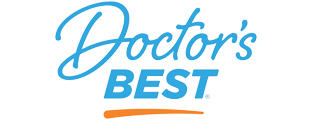
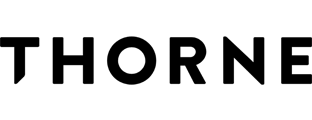
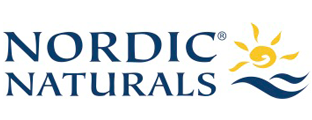
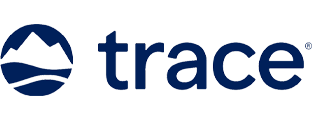
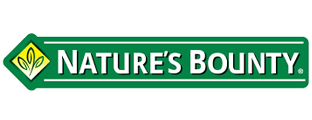
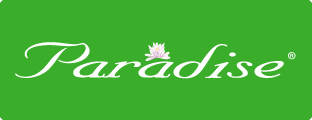
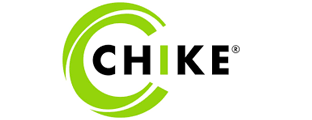
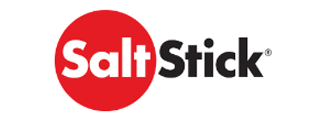
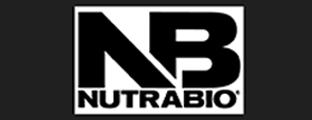
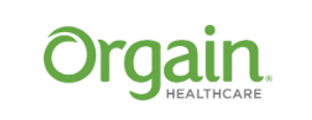
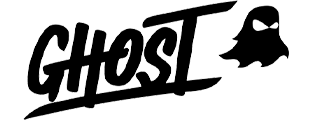
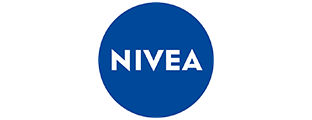
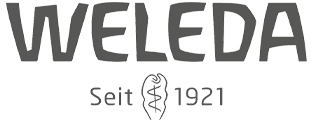


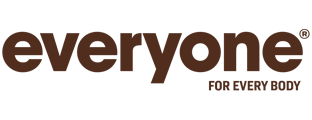
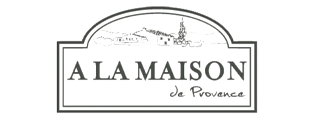
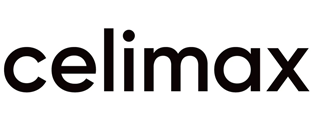

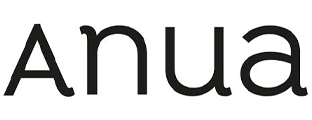
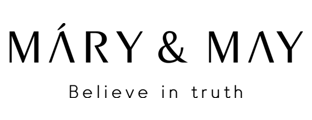

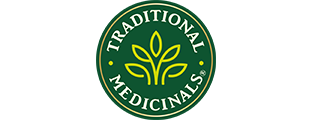
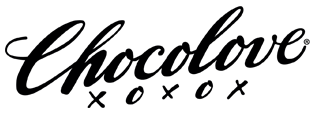

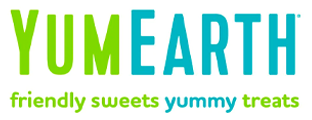

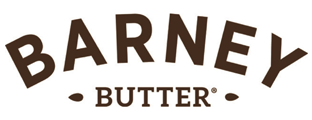
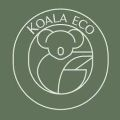

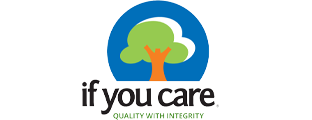
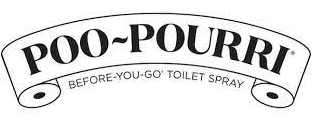
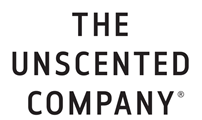
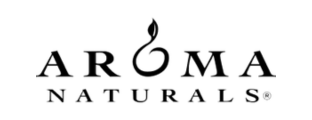
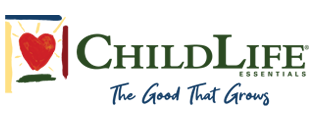
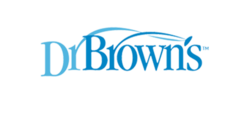
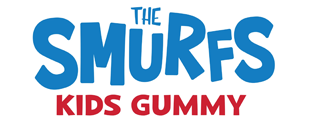
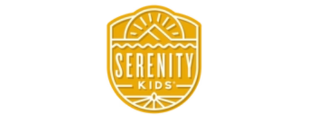



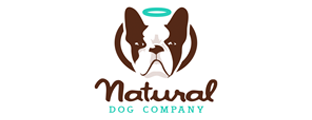




























 Table of Contents
Table of Contents



